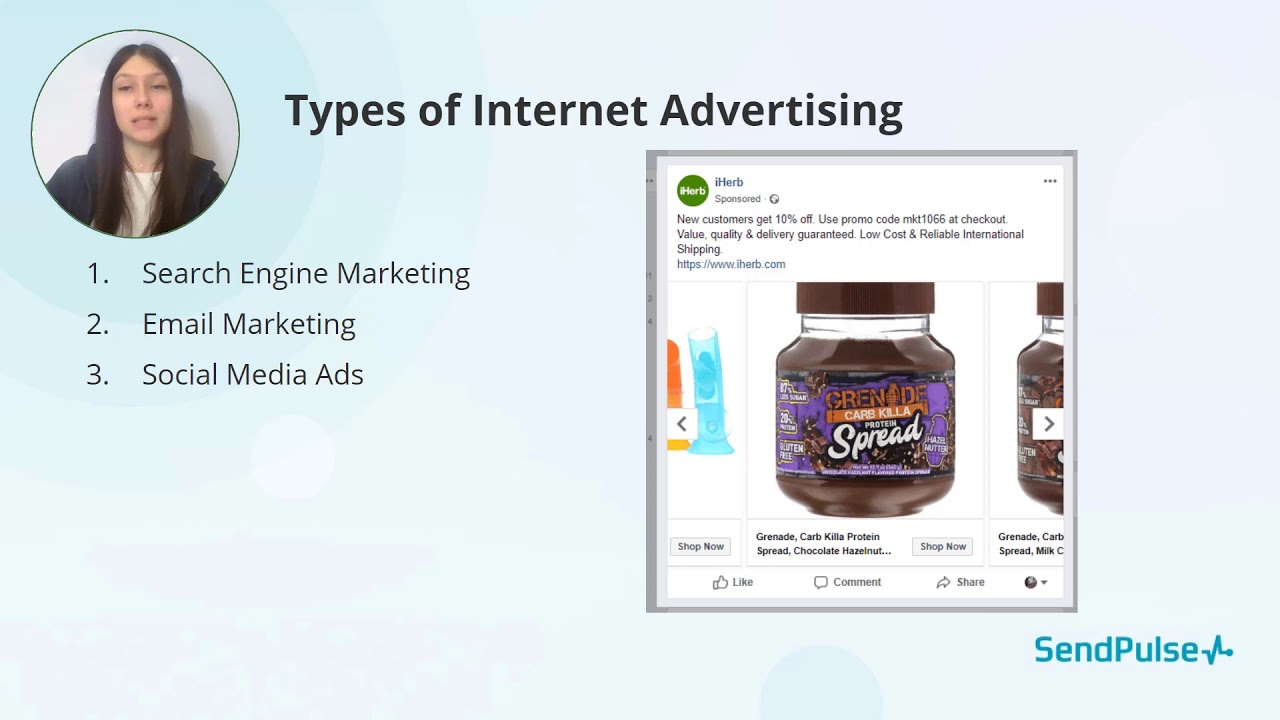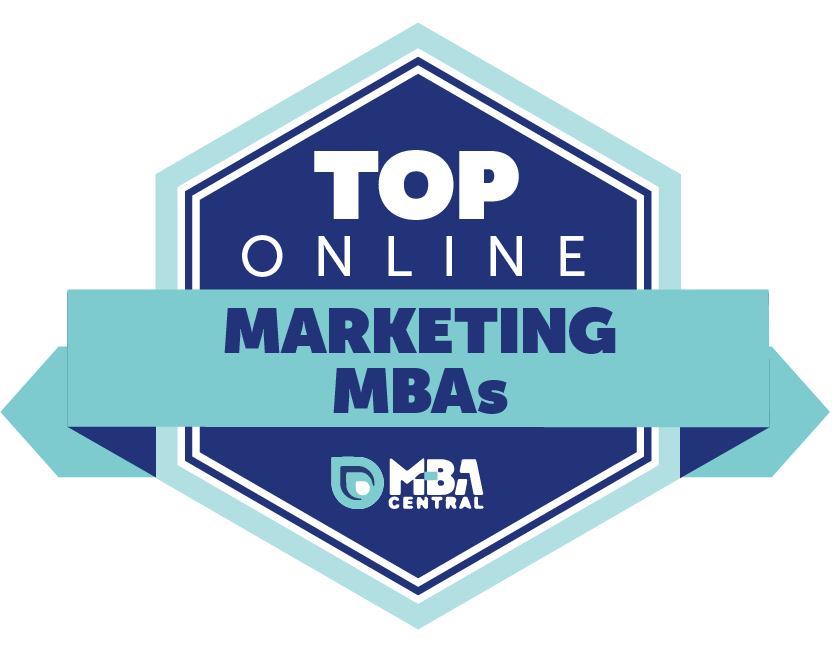
So you've decided to start your own digital marketing strategy. What's next? What's next? This article will help you navigate the different steps, starting with choosing your channel and researching your audience. This article will also show you how to create a customer journey and split test your strategy. Then, you'll know if your new strategy is working for your brand. If your strategy is not working, you are not the only one. Many other businesses have asked the same question: How do I create a digital marketing strategy?
Researching your audience
When creating a digital strategy for marketing, it is important to understand your audience. You can do this through quantitative research, which involves surveying a large population and generating statistical results. For example, to create an email blast for a certain audience, you must identify their problems and interests. Similarly, you can look at their purchase history to determine their purchasing behavior. Then you can target your marketing messages to the targeted audience segments.
You must understand your audience to create a digital marketing strategy that works. Without research, you'll be blind to their desires and needs. Research can help you to identify these issues and create personalized content for them. Research will also help you predict their needs so that your marketing is more effective. Here are some tips for researching your audience:
Interviews: Use surveys to get to know your audience better. Ask customers to send you emails, post customer reviews on social networks, and interview them. These surveys will give you valuable information on what makes your audience tick. You can then develop your digital marketing strategy. Researching your audience is crucial, but it's also essential to create a compelling campaign. This way, you'll be able to engage your audience and increase sales.
Segmentation: This allows you to target your audience by understanding their lifestyle and preferences. Segmentation will allow you to craft a stronger message and interact with your customers in a more personal way. Adidas sent a specific email targeting women, while the clothing manufacturer categorised its customers by gender. Customers buy jeans in large numbers, so a survey asking them how they rate the retailer would result in an average rating of 8/10.
Choosing channels
Promoting your product or service through digital channels is an important aspect. Your objectives, competition, budget, as well as your primary objectives should be considered when choosing a digital marketing channel. Different channels have different results, so choose wisely and decide what works best for you. You will need to choose which channels you use to determine the types of content you want and how your ads are formatted. Content marketing is still the king and most relevant form of marketing. But if you want reach your audience, you need to use this technology.

The business goals will affect the choice of digital marketing channels. Your long-term and short term goals should be determined. Your long-term goal might be to increase revenue by 20% within the next two years. While your short-term goal might have you generating 400 sales qualified leads in six months or increasing website traffic to 70% by eight months, a shorter-term goal might be to increase revenue by 20% by 2020. So that you can decide which channels will work best, it is important to clearly identify your short-term (and long-term) goals.
Before you choose which channels to use, be sure to assess their effectiveness. Each channel has its strengths, weaknesses, freedoms, and limitations. Identify the type of creative content you will need for each channel, as well as its costs. Be sure to allocate all the budget you have before you consider using other channels for your digital marketing strategy. Facebook and Twitter are the best channels to generate buzz.
Customer journey creation
Customer journey maps are an important part of a digital marketing strategy. These maps show the path a customer takes from decision to action. The customer journey maps can be used to show customers the entire customer journey, from the first stage of a sales funnel to when they become loyal customers. The customer journey map can also help identify where improvements can be made.
A customer journey map is essentially a prospect's journey to purchase. It is used by marketers to help them map the questions they ask as well as the pain points they encounter. The higher-funnel stage is aimed at increasing awareness and interest. While the last stage is aimed to foster brand loyalty, This process should begin with awareness, which can occur through social media, word of mouth, search engine suggestions, blogs, SMS, and apps.
After researching and learning about a brand, potential customers begin the information-gathering phase of the customer journey. They don't necessarily know you, but they do know what they want. In this phase of the Customer Journey, the brand should have content that helps customers make an informed decision. Customers can request a trial period for free to help them overcome any remaining hurdles in the buying process.
Marketers can use a customer journey map to help them target advertising by understanding how customers buy products and services. Each stage of a customer journey should be identified as a buyer persona. Identifying each stage's goals will help marketers adjust their marketing campaigns accordingly. Marketers can also create a customer journeymap to better understand the customers they are targeting by mapping out what motivates them at each stage of their decision-making process.
Split testing your strategy
You can improve your business profitability by using split testing in several aspects of your digital marketing strategy. Split testing can be used to improve headlines, page copy and button text. Images, social sharing buttons, email advertising, call to actions, and social media buttons are just a few examples. Below are some scenarios that you could test. Split testing can be used to determine which marketing strategies will lead to increased sales and profitability. Use the right sample size. Split testing should always be done with the appropriate confidence rating.
Split testing can be used to assess whether certain marketing strategies are successful or not, and make recommendations to optimize their effectiveness. Split testing can also help you determine if your online marketing strategy is producing leads and generating returns. Split testing can be used to experiment with different versions of a site or particular elements. Split testing can help you determine whether your website is profitable. Once you have identified which variations generate more leads you can make changes in your digital advertising strategy.

ClickFunnels' ad library allows you to test 6 different versions one advertisement. Facebook is another excellent place to get split-test ideas. You can find many examples of Facebook ads and copy them to see which ones perform better. Split testing can be done on landing pages as well. For example, moving your CTA below the fold increased conversions by 304%, while removing it from the landing page caused cart abandonment rates to decrease by 33%.
Split testing is an integral part of conversion optimization. Split testing involves splitting traffic into two groups: the variant and the control group. Split testing allows traffic to be split so that half of the traffic sees the control version and half the variant version. Splitting traffic into equal segments is used to show the variant version to each segment in a multivariate experiment. Split testing can help improve your digital marketing strategy. You'll be amazed by the results!
Measuring its success
It is important to measure the success of your digital marketing strategy. You can do this through a number of ways, including monitoring the number of visitors who have converted into buyers. Other metrics can be used to measure the effectiveness of a campaign, such as the number of pages viewed. These metrics can be used for determining the success of a campaign based upon its target audience as well as the effectiveness a specific marketing strategy.
You need to measure the success or failure of your digital marketing strategy by tracking key performance indicators. KPIs are quantifiable metrics used to track the performance of your marketing team against a set goal. These targets can either be high-level and low-level. These KPIs are useful in identifying the success of a campaign, as they provide a specific level of accuracy that can be used as a guide for future campaigns.
It is essential to establish clear goals for measuring your digital advertising strategy. What number of visitors did your website receive? Is your website inviting purchase? Are your email communications generating more sales than before? Are you getting new business? How many people opened an email and made a purchase? These are just two examples of what you must track to ensure your digital marketing strategy succeeds. It will ultimately all come down to your goals and objectives as well your digital marketing strategy.
FAQ
Is it worth paying for backlink services?
Backlink services can be used to advertise companies by buying links to their site. These links are provided by other websites, who wish to send their visitors to your site. You can purchase them with either cash or a card.
What are different SEO strategies?
Different SEO strategies can be used, including search engine optimization (SEO), paid-per-click (PPC), and social media optimization.
SEO optimizes content using certain keywords. This can be done with text formatting or HTML code.
This ensures that your website appears higher in search result pages.
Social media optimization (SMO), in contrast, involves optimizing your site for social networks like Twitter and Facebook.
These will help build your brand online and make it more popular with visitors who are searching for related subjects.
Lastly, PPC ads appear at the top of search results pages, showing relevant products and services.
The most common type of PPC ad is an advertisement on Google paid search. These ads can be very effective, even though they cost a lot.
However, several other forms of PPC advertising are available - including display ads, video ads, and sponsored posts.
What are the best tools available for on-page SEO?
Video embeds (image alt tags), structured data markup, video and internal links are all great for on-page SEO. This article will provide more information about these issues.
How much does SEO cost?
SEO is a long-term commitment so you won’t see immediate returns. Remember that search engines rank websites higher if more people find them.
Price of each service depends on many factors such as location, keyword competitiveness, audience size, competition and price.
What do I need to hire a digital marketing agency for?
You should recognize that your company needs some extra support. A digital marketing agency provides professional services for small businesses such as yours. They're experts at promoting your company online.
They can help you with everything, from creating a strategy to implementing it, through managing social media accounts and analytics.
Can a Content Strategy help me achieve a higher ranking?
A content strategy is how you plan to create content over time. This strategy includes keywords and topics as well as other information about your company. This will ensure you don't write too much or not enough content.
How can I get started with SEO
SEO is a process that can be used in many ways. It is important to first identify the keywords you wish to rank for. This process is called "keyword analysis." Next, you need to optimize each web page for those keywords.
Optimization involves optimizing titles, descriptions and meta tags. It also includes creating unique page URLs and linking to other websites. After optimization is completed, your website will be submitted to search engines such Google, Yahoo! and Bing.
To know if your progress is being made, you will need to keep track.
Statistics
- These guides are designed and coded 100% from scratch using WordPress. (backlinko.com)
- If two people in 10 clicks go to your site as a result, that is a 20% CTR. (semrush.com)
- Sean isn't alone… Blogger James Pearson recently axed hundreds of blog posts from his site… and his organic traffic increased by 30%: (backlinko.com)
- Which led to a 70.43% boost in search engine traffic compared to the old version of the post: (backlinko.com)
- A 62.60% organic traffic boost to that page: (backlinko.com)
External Links
How To
How to choose the right SEO strategy for your business
These are some factors that can help you choose the right SEO strategy for your website.
-
Keyword Research
SEO's primary goal is to rank well for specific terms. You also need to identify negative keyword phrases which aren't relevant to your audience.You might also want to look for less competitive long-tail keywords.
-
Content Strategy
Content marketing is important for all businesses. The challenge for eCommerce sites is to ensure that their products and/or services appear high in search engine results pages. This increases sales and improves conversion rates.
Create relevant, interesting content that solves issues or provides solutions.
-
Link Building
Links play a vital role in ranking high on search engines. You need to build valuable relationships with other websites.
-
Social Media Marketing
Using social media channels to promote your business is a smart move. This will encourage others to share your content by sharing it across these platforms.
-
Website Structure
While it's true that good design doesn't necessarily contribute to better rankings, it does have an impact. A simple, clean layout will improve the user experience which in turn leads to more conversions. Additionally, you must ensure your site loads quickly so users don't leave before completing transactions.
-
Mobile Optimization
Mobile devices account for almost half of internet usage today.If your website isn't optimized for mobile, you could lose out on traffic and potential clients.
-
Local Search
This is when you target local markets and not national ones. You optimize your website to be found in local searches, such as "restaurants nearby me" or "businesses around my area." It is easier to rank locally as people trust recommendations made by family members, friends, and coworkers.
-
Ecommerce Website Development
Ecommerce websites benefit from a range of different types of SEO strategies.For example, they often perform best when they're optimized for both desktop and mobile devices. You can rank higher for longer tail keywords.
-
Video Ranking
Video content performs well on search engines. It ranks well in search engines for long queries and receives more shares.
-
Branding
Branding is the process of designing a logo, product names, and messaging that gives your company its own identity and personality. This helps customers understand who you are and what you do.
-
Analytics Software
Analytics software allows you to track how visitors interact with your website.The information gathered through analytics can help optimize your efforts and increase conversions.
-
Email List Management
Email lists allow you to send emails directly to your target audience.You can send messages about new products, special offers, and promotions.
-
Blogging
Blogging is another way to generate quality backlinks. Blog posts that relate to your business will bring you links from reliable sources.
-
Customer Satisfaction
Customer satisfaction is one of the most effective ways to get high-quality backlinks.When satisfied customers refer their friends and colleagues to your site, this will result in quality backlinks.
-
Content Marketing
Content marketing involves producing unique, useful, relevant content that educates, entertains, or inspires readers.
Engaging content builds trust and leads to higher conversion rates.